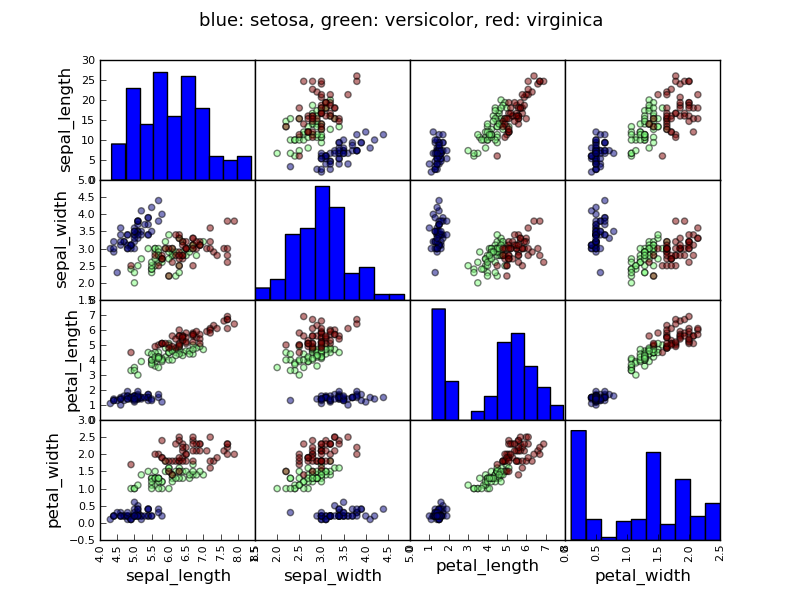Ilustrate an analysis on a real dataset:

Script output:
OLS Regression Results
==============================================================================
Dep. Variable: sepal_width R-squared: 0.478
Model: OLS Adj. R-squared: 0.468
Method: Least Squares F-statistic: 44.63
Date: Mon, 25 Nov 2013 Prob (F-statistic): 1.58e-20
Time: 23:37:50 Log-Likelihood: -38.185
No. Observations: 150 AIC: 84.37
Df Residuals: 146 BIC: 96.41
Df Model: 3
======================================================================================
coef std err t P>|t| [95.0% Conf. Int.]
--------------------------------------------------------------------------------------
Intercept 2.9813 0.099 29.989 0.000 2.785 3.178
name[T.versicolor] -1.4821 0.181 -8.190 0.000 -1.840 -1.124
name[T.virginica] -1.6635 0.256 -6.502 0.000 -2.169 -1.158
petal_length 0.2983 0.061 4.920 0.000 0.178 0.418
==============================================================================
Omnibus: 2.868 Durbin-Watson: 1.753
Prob(Omnibus): 0.238 Jarque-Bera (JB): 2.885
Skew: -0.082 Prob(JB): 0.236
Kurtosis: 3.659 Cond. No. 54.0
==============================================================================
Testing the difference between effect of versicolor and virginica
<F test: F=array([[ 3.24533535]]), p=[[ 0.07369059]], df_denom=146, df_num=1>
Python source code: plot_iris_analysis.py
import matplotlib.pyplot as plt
import pandas
from pandas.tools import plotting
from statsmodels.formula.api import ols
# Load the data
data = pandas.read_csv('iris.csv')
##############################################################################
# Plot a scatter matrix
# Express the names as categories
categories = pandas.Categorical(data['name'])
# The parameter 'c' is passed to plt.scatter and will control the color
plotting.scatter_matrix(data, c=categories.labels, marker='o')
fig = plt.gcf()
fig.suptitle("blue: setosa, green: versicolor, red: virginica", size=13)
##############################################################################
# Statistical analysis
# Let us try to explain the sepal length as a function of the petal
# width and the category of iris
model = ols('sepal_width ~ name + petal_length', data).fit()
print(model.summary())
# Now formulate a "contrast", to test if the offset for versicolor and
# virginica are identical
print('Testing the difference between effect of versicolor and virginica')
print(model.f_test([0, 1, -1, 0]))
plt.show()
Total running time of the example: 1.44 seconds ( 0 minutes 1.44 seconds)